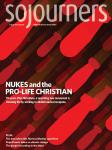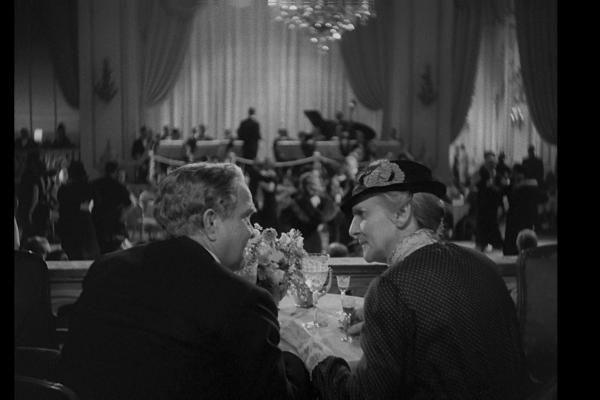THE FIRST-EVER Movies and Meaning festival recently took place in New Mexico, bringing 250 people together to experience the possibilities of the most dream-like art form for making the world better. I was privileged to host the festival, which featured a huge screen, a contemplative audience, around a dozen films, and magnificent assistance from the voices of Richard Rohr and slam poet Jessica Helen Lopez. It was a dream come true after a lifetime of loving cinema and being compelled by the idea that art can create change.
Movies and Meaning wants to challenge how movies rarely get the chance to breathe in multiplexes or be engaged with rather than merely noticed, and to promote and facilitate better conversations about, and responses to, cinema—and all art, really. It was a happy surprise that the key word that emerged from the festival was “empathy,” a concept that Rohr told us didn’t even have a name until just about 100 years ago. There’s an intriguing irony there, because cinema itself isn’t much older, and one of cinema’s most important innovations is the experience of observing stories about strangers told in a way that maximized the possibilities of actually seeing them.
What we empathized with at Movies and Meaning was what happens when we reframe our stories as ones in which human beings are capable of cooperating to heal wounds and make life better.
We sensed that we can move close to touching the wounds experienced by others and do something about them (in the wonderful British social movement comedy-drama Pride). We were challenged that we forfeit enormous potential goodness—and risk our own well-being—when we fail to honor elders, and were reminded that the blessing of long-lasting love is a gift to the entire community (with the recently reappraised masterpiece Make Way for Tomorrow and its new spiritual cousin Love is Strange). We were inspired that our freedom and healing as a species include liberating ourselves from the repression of our own bodies in puritanical forms of “politeness” and by cultivating gratitude for the miraculous fact of being here on earth (the astonishing Iranian-Irish-Scottish essay film Life May Be). The stories of three blind women in Cuba came to moving, luminous life in the new documentary Tocando la Luz; and screenings of transcendent icons The Tree of Life, The Red Balloon, and 2001: A Space Odyssey punctuated the festival with reminders of just how monumental cinema can be.
The weekend was a moment to remember something vital: The purpose of art is to help us live better.

Got something to say about what you're reading? We value your feedback!

